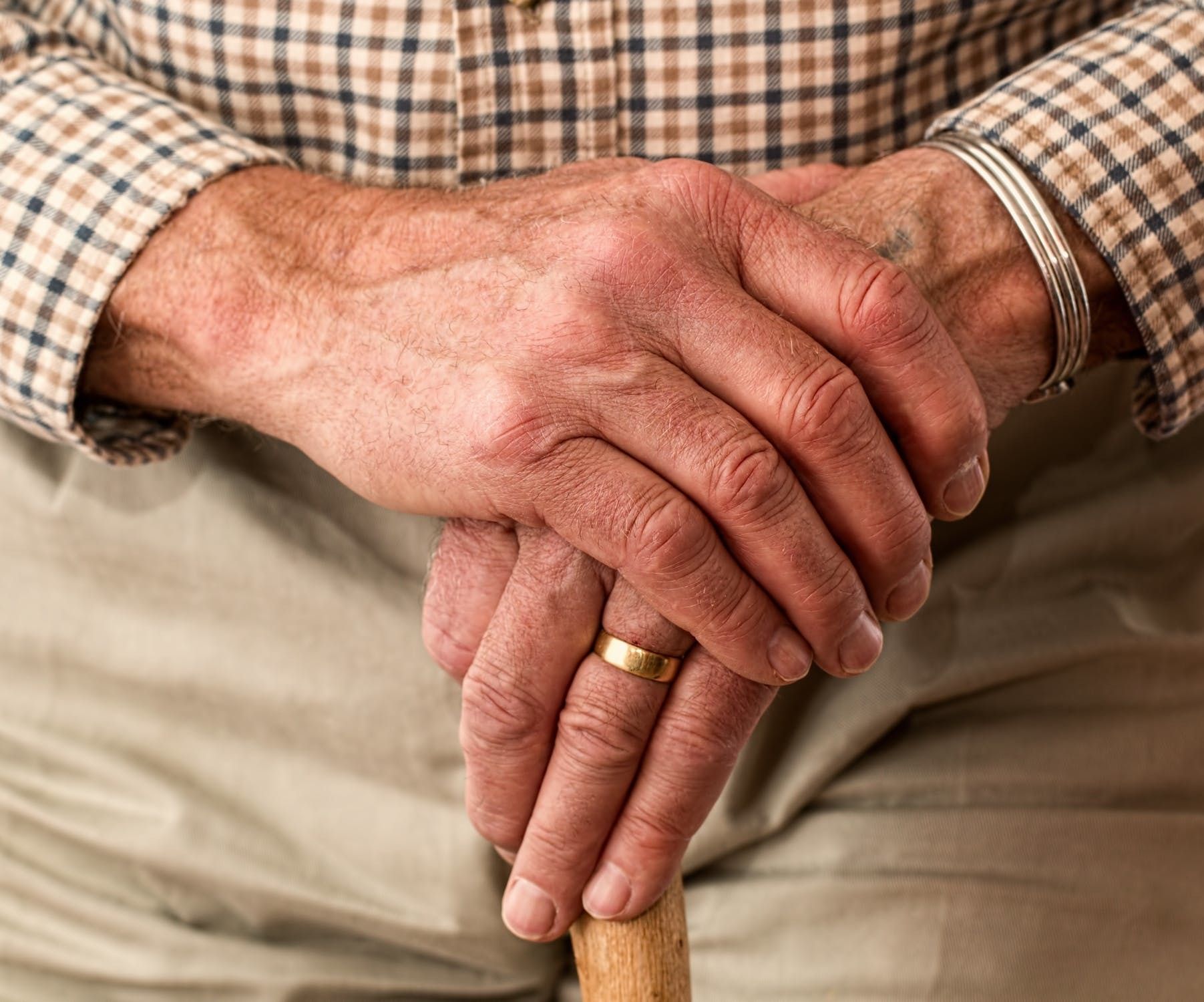Article
Ustekinumab Safe and Efficacious in Young and Elderly Patients with Psoriatic Arthritis
Author(s):
According to a poster presented at CCR East 2020, patients <60 and ≥60 years old achieved minimal disease activity and cDAPSA low disease or remission.

Patients with lifelong psoriatic arthritis are required to undergo treatments for prolonged periods of time. Furthermore, the higher burden of co-morbidities in the elderly population has the potential of complicating treatment course.
A new study presented at the Clinical Congress of Rheumatology (CRR) East 2020 demonstrated that treatment with ustekinumab resulted in similar efficacy and safety profiles for both age populations.
Ustekinumab specifically targets the shared p40 subunit of Interleukin (IL)-12 and IL-23. The treatment is indicated for adult patients with active psoriatic arthritis.
A team led by Elke Theander, MD, PhD, Medical Advisor of Rheumatology, Janssen Pharmaceutica, conducted a post-hoc analysis of the PsABio Study with a specific focus on comparing treatment outcomes in patients aged <60 (n = 336) and ≥60 (n = 102) years.
The investigators in the original study had recruited 930 patients and assigned about half to receive ustekinumab as 1st, 2nd, or 3rd line of treatment.
They then measured effectiveness using components of the American College of Rheumatology (ACR) response criteria in addition to the clinical disease activity index for psoriatic arthritis (cDAPSA) and minimal disease activity (MDA).
In the post-hoc analysis, reported mean age within the older population was 67.3 years; in the younger population, mean age was 46.1.
As noted by Theander and colleagues, both groups had similar baseline characteristics.
However, the older population had a longer psoriatic arthritis disease duration as well as a higher proportion with a history of cardiovascular disease and corticosteroid use.
Following 6 months of treatment with ustekinumab, the two subpopulations reported similar changes from baseline in components of the ACR response criteria.
Additionally, 52.2% of patients <60 years achieved cDAPSA low disease or remission—compared with 42.9% in the ≥60 years group.
Mean cDAPSA was -14.4 (95% CI, -16.5 to -12.2) for the younger patients and -12.6 (95% CI, -16.1 to -9.1) for the older patients.
Furthermore, 30.0% and 20.3% of the younger and older populations, respectively, achieved MDA.
Up to 18.5% of patients <60 years experienced ≥1 adverse events—versus 20.0% percent in those ≥60 years.
Other safety measures—≥1 serious adverse events and withdrawal of treatment due to adverse events—were similarly comparable between the groups.
“In a real-world setting, no clinically meaningful differences were observed in the effectiveness and safety of ustekinumab treatment in PsA patients 60 years or older compared with those younger than 60,” Theander and team wrote.
The study, "Effectiveness and Safety of Ustekinumab in Patients with Psoriatic Arthritis in a Real-world, Multicenter Study: A Post-hoc Analysis Comparing Elderly to Younger Patients," was presented at CCR East 2020.





